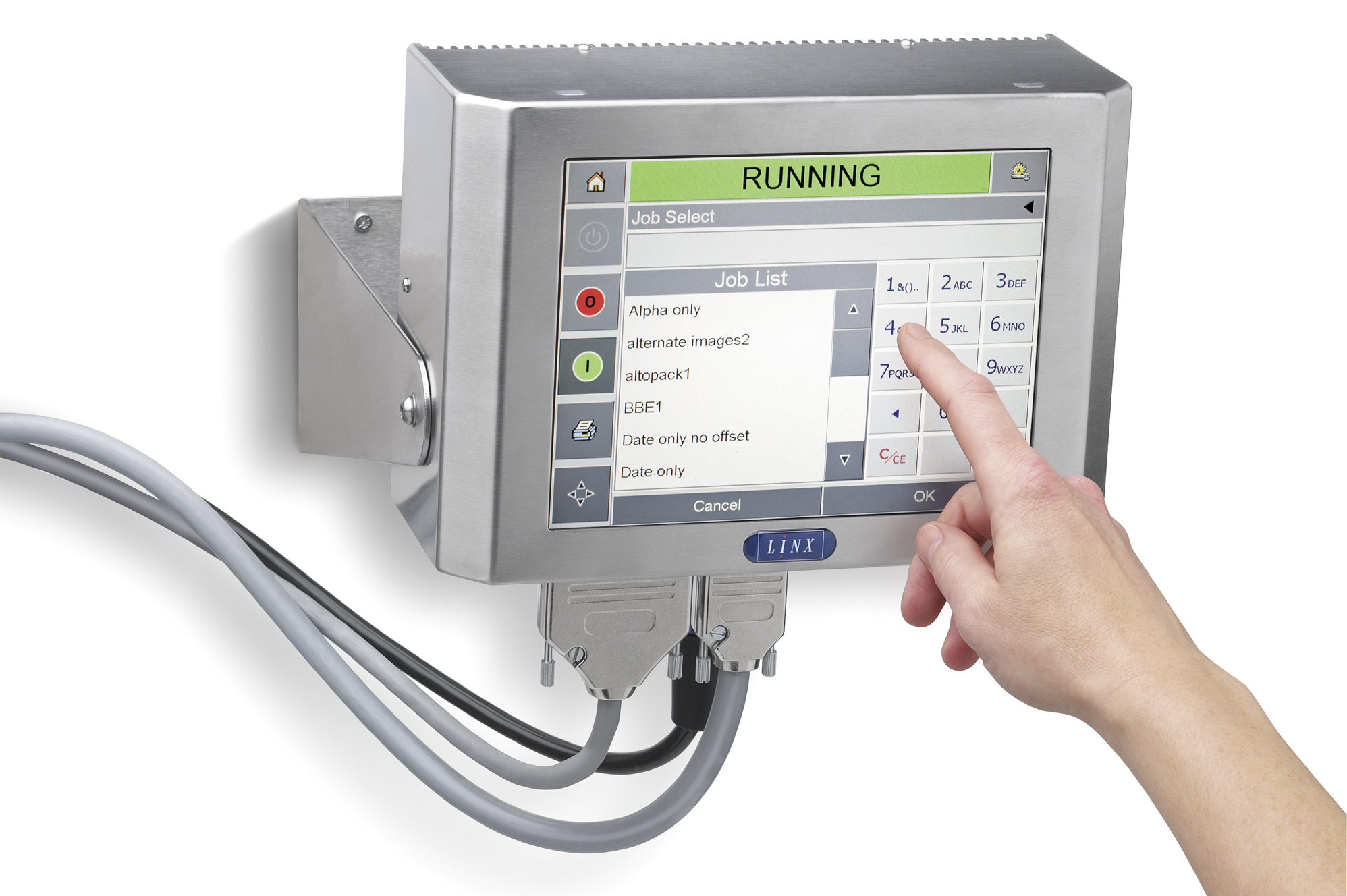Next Generation Pet Foods
Next Generation Pet Foods purchased a Linx TT10 thermal transfer overprinter from Linx’s Australian distributor – Matthews Australasia – for a variety of reasons: value for money solution; local service capabilities; and easy to use interface.
The Linx TT10 has enabled Next Generation Pet Foods to use generic film for their Australian Pet Treats label, which has resulted in large cost savings. By removing the manual process alone the company has managed to double its production output rate, product and label wastage has virtually been eliminated, and the company’s professional finish has improved.
The new coding solution has also given the company the flexibility of a 24-hour turn-around time for new products. This has enabled them to personalise products for promotions, or to test new products with minimal outlay.
Next Generation Pet Foods is a leading distributor of fresh and frozen pet foods, plus dry dog food, for some of Australia’s largest manufacturers, including VIP Petfoods, Petz Food Company, Dr B’s BARF, Prota Pet Foods, Frosty Paws, Tucker Time and Vital Pet Meats. It also manufactures and distributes under its own brand – Australian Pet Treats. Established in 1998, the family-owned Australian company grew steadily for a decade; however, growth really took off when they opened a second premises in 2010, allowing specialisation in chilled distribution at the Brisbane facility and dry foods at Caloundra (Qld).
Despite the growth, output volume and speed were hampered by a manual coding process: staff had to stand on the line, using a hand-held label gun to put a sticker on each packet. This was costly on resources — for both labour and materials, with Next Generation Pet Foods holding thousands of stickers in inventory.
Wastage was also an issue. Human error resulted in double-ups (which wasted stickers), while unfixable labelling errors meant product had to be thrown out. Any misaligned or crooked stickers resulted in a less-than professional finish. Next Generation Pet Foods wanted to improve labelling efficiency to match their current output and continue the company’s growth. To enable both of these, they had to replace the manual labelling process.
Having always had a manual-labelling process, the capital expenditure on coding equipment was a big step for Next Generation Pet Foods. They wanted value for money, yet a solution that was easy to use and would see them able to expand their current markets and offerings to clients.
Local presence and service capabilities were very important to them. Automating the labelling process was mandatory.
Next Generation Pet Foods’ coding solution needed to be integrated with its existing vertical form fill and seal (FFS) machine.The solution needed to be able to code a variety of pack sizes. Next Generation Pet Foods has some 60 SKUs in its own Australian Pet Treats range, ranging from a 40g packet (smallest in the cat range) to a 200g packet (largest in the dog range).
They were also looking to code a vast amount of information, including barcodes, product tracking codes, best before and production dates, an ingredients listing and additional alphanumeric text, as required (such as store names and phone numbers for promotional purposes).
For the business to be future-ready, Next Generation Pet Foods wanted a solution that would be able to handle larger volumes and increased speeds as the business grew.
Next Generation Pet Foods compared labelling equipment from several companies, choosing a Linx TT10 thermal transfer overprinter from Matthews for a variety of reasons, including: value-for-money solution, local service capabilities, and easy-to-use interface and backend software.
Matthews integrated the TT10 with Next Generation Pet Foods’ vertical FFS machine. Product is automatically weigh-checked, conveyed into the FFS hopper and formed around the fill tube.
The Linx then prints onto plastic wrapping, before the finished product is fed out. It codes barcodes, product-tracking codes, best before and production dates, an ingredients listing and any other information, as needed onto generic printed film.
“We’ve also found the tech support from Matthews to be great – they’re unbelievable. Our production goes through well after business hours. No matter the time, the technicians still answer the phone. To date, there hasn’t been anything that they haven’t been able to answer over the phone – they just know it inside out.” — Alison Minnikin, general manager, Next Generation Pet Foods
The Linx TT10 has enabled Next Generation Pet Foods to use generic film for their Australian Pet Treats label. This has resulted in large cost savings with not needing:
- Manual labour to individually label each product
- To print film for every SKU
- To hold all that film in stock
- To hold a large inventory of labels
On top of the immediate savings, these changes have freed up working capital for other uses. Just in removing the manual process alone, Next Generation Pet Foods has more than doubled its production output speed.
No multiple or skewed stickers has seen wastage of labels and product reduced to virtually none, while improving the products’ professional finish.
New & personalised products, overnight The Matthews’ coding solution has also given Next Generation Pet Foods the flexibility of a 24- hour turn-around time for new products. This has allowed them to personalise products for individual stores wanting to run promotions, or to test new products with minimal outlay.
Releasing a new product in the market now just requires the product on hand, allocating a barcode, typing up the new labels and uploading to the TT10. The 24-hour timeline replaces the previous six to eight-week turnaround waiting for artwork, plates and printing film.
GM Alison Minnikin says, “That has been worth thousands of dollars to us. Plus, our clients love the ability to customise promotional products. It’s very valuable to them.”
By enabling production output to double, the Matthews’ coding solution has increased the number of customers that Next Generation Pet Foods can service. It has also improved service levels. It has also enabled them to expand into new markets and grow their business even further.

